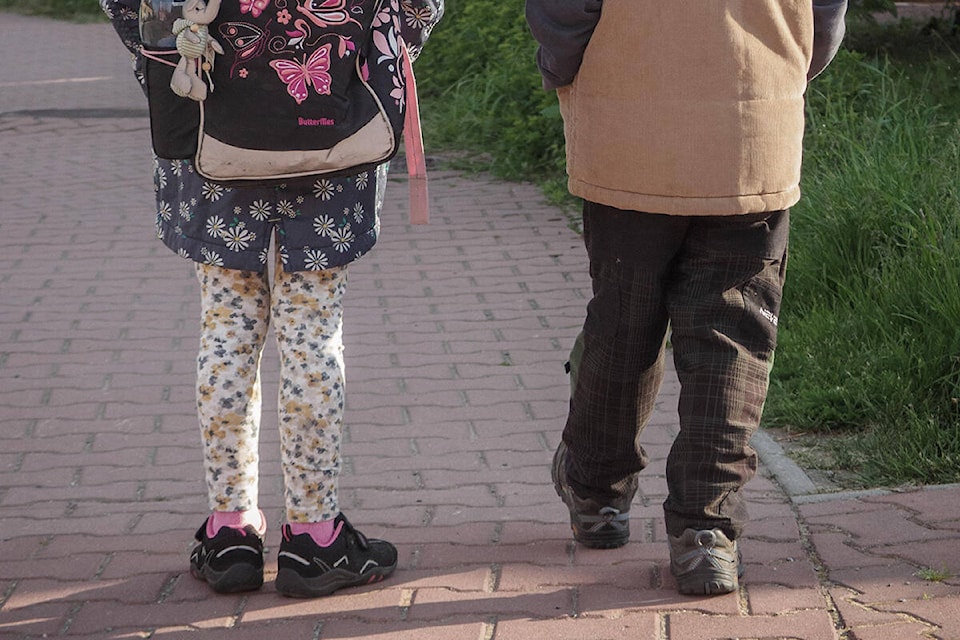When it comes to caring for at-risk children, the Nunavut government relies mostly on foster families to take care of children and youth in need of a safe home. Foster parents are provided training and financial support, but the need is still large.
“There are currently 180 children in foster care. Over 30 of those are placed with extended family,” says Tony Canny, communication specialist with the Department of Family Services (DFS) for the Government of Nunavut.
There are three main types of foster family homes: kinship foster care, which is provided by an adult(s) who the child is familiar with, such as a relative, family friend, a friend’s parents; regular pre-approved foster carers, who are community members that accept children into their homes to care for and emotionally support children of other families in crisis and; specialized foster carers, who can provide medical care and extra support for children who are delayed physically, mentally-disabled, or need services such as tube feeding and physical therapy.
Although DFS continually works to increase recruitment and retention of foster parents across the territory, there is still a shortage of people offering to be foster parents compared to the amount of children in need.
“We are desperately needing foster families,” said Holly Uvilluq, a supervisor at Family Wellness, which is part of DFS.
The housing crisis only makes things worse. Based on a 2020 report from the Nunavut Housing Corporation, around 35 per cent of all homes are overcrowded and aren’t the appropriate size for families. Fifty-six per cent of Inuit live in overcrowded homes.
Overcrowded homes are less-than-ideal spaces for foster children as they increase risks of violence and abuse by offering no privacy or safe spaces, but also create unsanitary and turbulent environments to live in.
The next solution is having a group home or transitional shelter for youth and children in situations of crisis, but that’s not something available in most communities at the moment. DFS has two such facilities in the entire territory: the Naja Isabelle Home in Chesterfield Inlet, which operates 24 hours a day, is a care facility for children with special medical needs and can welcome up to 10 clients at a time.
The second is the Illagiitugut Group Home in Iqaluit, also a 24-hour-a-day facility, and which provides services for high-risk female youth aged 12 to 19. It has room for up to 8 clients.
Other communities in Nunavut have to be creative to support children in need of urgent shelter and that’s expecially true for the Kivalliq region, where family services often have to use hospitals or health centres as a safe location to keep the youth.
“Foster children in my community and region are placed in emergency care, meaning they are placed in a home for a total of one to three nights,” explains Layla Autut, foster care coordinator for the Kivalliq region. “There are a total of eight or nine communities in (the) Kivalliq and no group homes in any of them. There is a huge lack of foster parents in both my community and region. My job will mainly be recruiting more foster parents and hopefully have children placed in temporary homes that will last more than a few nights.”
When no other options are available, children/youth have to be put in out-of-territory placements, said Canny.
“Currently, Nunavut has just under 70 children/youth in out-of-territory placements,” he said. “When children and youth have complex needs that cannot be met by the family or within the community, the department must access out-of-territory care alternatives. Family members are involved and play a significant role in decision making about a child or youth’s out of territory placement.”
